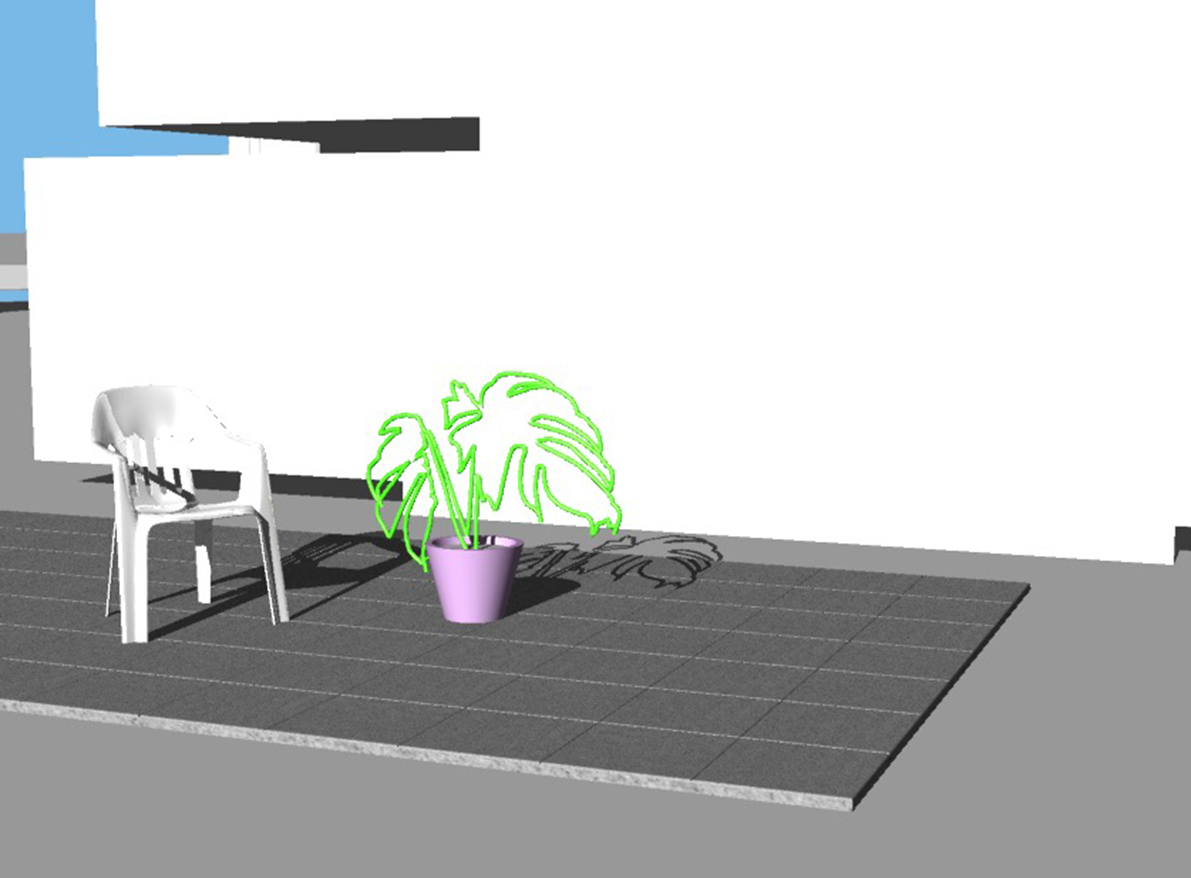2018 - 2025
2018 - 2025
2024
2024
2023 - 2024
2023 - 2024
2022 - 2023
2022 - 2023
2022 - 2023
2022 - 2023
2021 - 2022
2021 - 2022
2018 - 2019
2018 - 2019
2016 - 2017
2016 - 2017
2015 - 2016
2015 - 2016

PROJECT TITLE
“London Institute of ‘Pataphysics”
PROJECT TYPE
Design & Research
Speculative Architectural Proposal
SUPPORTED BY
Tom Greenall & Nicola Koller
(ADS4, Royal College of Art)
EXHIBITED AT
The Royal College of Art (2016)
AWARDS
Nominated for the West London RIBA Prize (2016)
The use of computer simulation is on the rise: in films, disaster planning, architectural practice, and job trainings. They are a chance to practice or make predictions, to optimize reality or make it more exciting. Ultimately, the aim is for simulations to become so realistic that they are indistinguishable from the real world. This point, where reality and simulation will one day converge, is termed the simulation singularity.
“The London Institute of
‘Pataphysics” is a speculative architecture project which explores the social
consequences of this trajectory and resulting knock-on effects for the built
environment. It imagines two ideological factions emerging: those in pursuit of the reassuring predictability afforded by simulated test-runs, pitted
against those who harbour a growing desire for chaos and unpredictability.
In architecture practice, BIM technologies are hailed as the software of the future. A building’s
design development, construction process, and entire life-span can now undergo a simulated trial run, which allows for construction processes to be increasingly rationalised and streamlined.
Through the lens of ‘Pataphysics, the project speculates on inevitable
reactions and counter-reactions to this escalating rationality. ‘Pataphysics is the self-declared science of nonsense—coined by French writer Alfred Jarry (1873-1907) as a parody of science. It argues that physical laws, which imply
relationships of cause and effect and predictability, don’t exist. Instead,
everything is exceptional, with some exceptions simply happening more often
than others. Today, ‘pataphysical institutes and organizations exist around the world, which all celebrate uselessness as a positive antidote to an era of
utility.
Through the mis-use and re-appropriation of simulation tools, the
project sets out to develop a ‘pataphysical approach to architecture. It
grapples with questions of chaos and order, chance and predictability. The
unhinged aesthetic that emerges at once encapsulates the unsettling beliefs and
value systems of its followers and hints at the untapped creative potentials of
digital technologies. The London Institute of ‘Pataphysics absolves simulation
of its responsibility as test-bed for reality, in turn allowing it—in its
unworldliness—to stake its own claim to reality.
The institute’s
departments include the Bureau for the Investigation of Subliminal Images,
Committee for Hirsutism and Pogonotrophy, Department of Dogma and Theory,
Department of Potassons, Department of Reconstructive Archaeology, and The
Office of Patentry. The institute also houses a museum which uses simulation,
rather inconveniently, as a curation tool. Its contents feature a peanut
enlarger and a giant peanut, as well as an extensive wand collection—including
the Golden Dawn Fire wand, tickling sticks, and a Toast wand.






